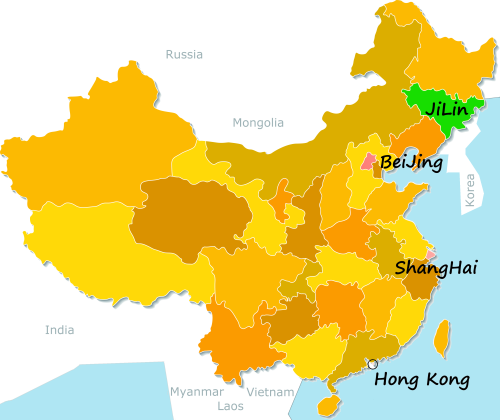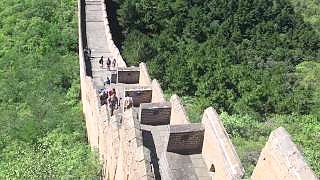JiLin province ...
[640],shadow=true,start=,stop=
Live more ...
 ChangBai mountain – fire and ice
ChangBai mountain – fire and iceJiLin province ...
[640],shadow=true,start=,stop=

|
With ZW-Travel ...
|

|
Why the 'low fat diet recommendation' has killed millions and which fats are good and which are deadly.
With Mark Hyman, Jason Fung, and more ...
|

|
With live-wire host Sonia.
Don't miss it ...
|

|
About 2 1/2 hours NNE from BeiJing city center ...
|

|
Highlights of an eight week trip though Tibet, YunNan, SiChuan, GanSu and QingHai provinces (2007).
|

|
A weekend in ShangHai with FunFancie ...
Bonus film - a day in ShangHai, with yuyusai ...
Bonus film - with mabelevollove ...
|

|
Awesome scenery; great film ...
|

|
|